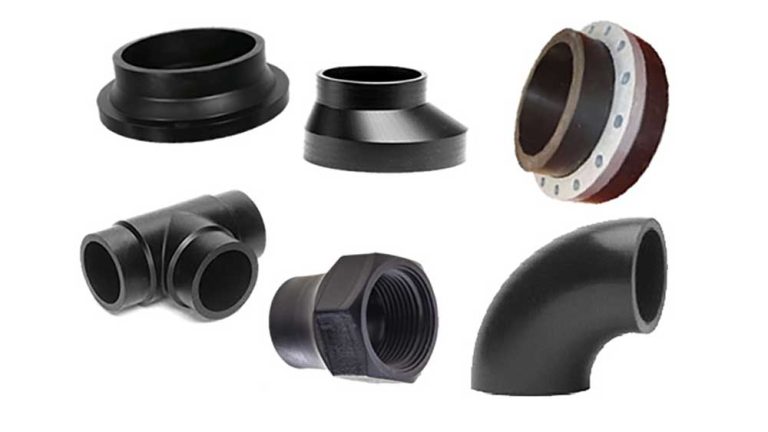The Ultimate Guide to Hot Tub Chemicals: Ensuring Safe and Enjoyable Soaks
Introduction to Hot Tub Chemicals
Hot tubs offer a luxurious way to relax and unwind, but maintaining their pristine condition requires more than just routine cleaning. The proper use of Hot Tub Chemicals is essential for ensuring the water stays clean, safe, and enjoyable for users. These chemicals balance the water’s pH, sanitize it, and prevent the growth of harmful bacteria and algae. Understanding the roles and proper application of these chemicals can help hot tub owners maintain a healthy environment and prolong the life of their hot tub.
Importance of pH Balance
Maintaining the correct pH balance is critical for hot tub health. The pH level measures the acidity or alkalinity of the water, with a neutral pH being around 7.4 to 7.6. Water that is too acidic (low pH) can cause corrosion of the hot tub’s components and discomfort for bathers, such as skin and eye irritation. Conversely, water that is too alkaline (high pH) can lead to scaling on the tub’s surface and plumbing, and reduce the effectiveness of sanitizers. pH balancers are chemicals designed to adjust the water’s pH to the ideal range, ensuring comfort and equipment longevity.
Role of Sanitizers
Sanitizers are crucial for maintaining hygienic conditions in the hot tub. They eliminate bacteria, viruses, and other microorganisms that can thrive in warm water environments. The most common sanitizers used in hot tubs are chlorine and bromine. Chlorine is highly effective and widely used, but can sometimes produce a strong odor. Bromine, while typically more expensive, is a preferred alternative for those sensitive to chlorine as it produces fewer odors and remains effective at higher temperatures. Regular addition of these sanitizers is essential to keep the water safe and inviting.
Preventing Algae and Scale Formation
Algae and scale formation can pose significant challenges to hot tub maintenance. Algae spores can enter the water through wind, rain, or even contaminated swimwear, leading to green, murky water that is unsightly and unsafe. Algaecides are chemicals designed to prevent and control algae growth. They work by disrupting the photosynthesis process in algae, preventing their proliferation. Scale, on the other hand, results from hard water and manifests as white, chalky deposits on the tub’s surfaces and equipment. Scale inhibitors are used to prevent the buildup of these deposits, protecting the hot tub’s components and maintaining clear water.
Oxidizers and Shock Treatments
Oxidizers, often referred to as shock treatments, are used to break down organic contaminants that can build up in the water. These contaminants include body oils, lotions, and other organic matter that can cloud the water and reduce sanitizer efficiency. Shocking the hot tub involves adding a large dose of oxidizing chemicals, such as chlorine or non-chlorine shock, to rapidly break down these contaminants. This process not only clears the water but also helps to reset the chemical balance, ensuring the continued effectiveness of sanitizers. Regular shock treatments are recommended to keep the water crystal clear and fresh.
Conclusion: A Balanced Approach to Hot Tub Maintenance
Maintaining a hot tub requires a balanced approach that incorporates various chemicals to ensure the water remains clean, safe, and enjoyable. Understanding the importance of pH balance, the role of sanitizers, and the need to prevent algae and scale formation is essential for effective hot tub care. Additionally, regular use of oxidizers or shock treatments helps maintain water clarity and hygiene. By staying informed and following a consistent maintenance routine, hot tub owners can enjoy their investment to the fullest, reaping the benefits of a well-maintained and inviting hot tub environment.






